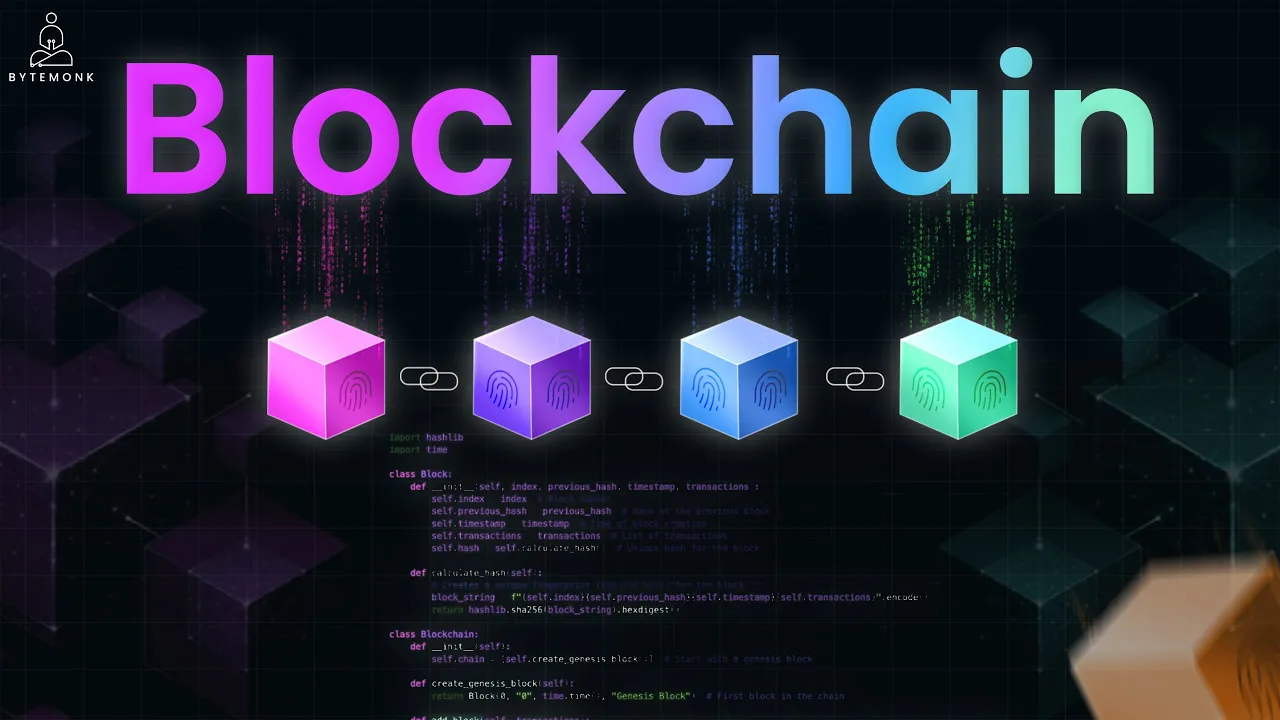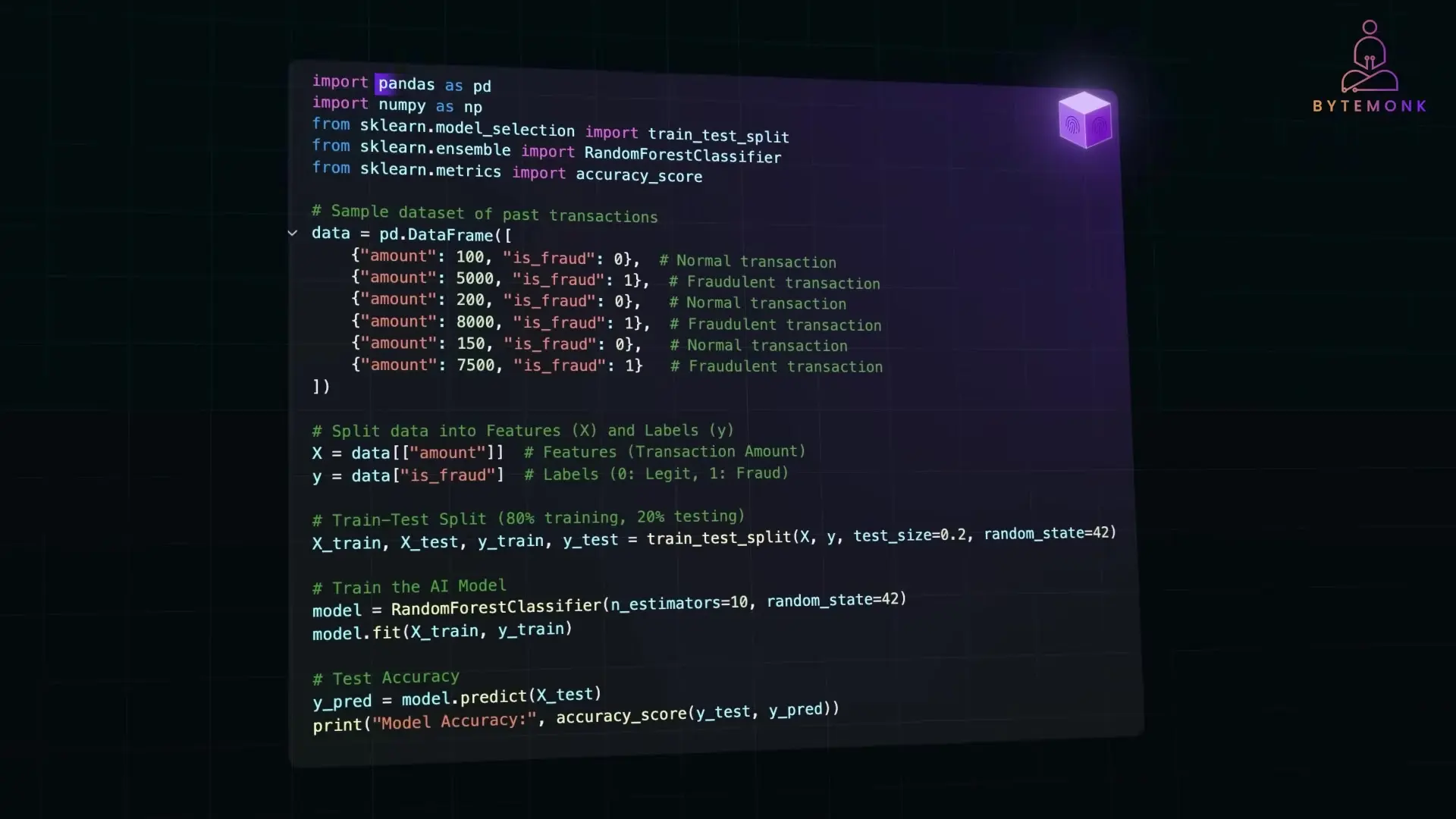
Imagine you and your friends keeping track of who owes whom money. Instead of trusting just one person to record everything, everyone keeps a copy. If someone tries to cheat, others can immediately call them out. This simple analogy perfectly captures the revolutionary concept behind blockchain technology—a decentralized, transparent system that's transforming how we handle transactions across multiple industries.
Understanding Blockchain: The Digital Ledger
At its core, blockchain is a digital notebook that records transactions. Each page in this notebook is a 'block,' and when a page fills up, it gets connected to the previous one, forming a 'chain'—hence the name blockchain. Unlike traditional ledgers, once information is written into a blockchain, it cannot be erased or altered, making the system inherently secure and transparent.
The structure of each block contains three essential elements:
- Data: The actual transaction information (like sending money)
- Hash: A unique identifier functioning like a fingerprint for that block
- Previous block's hash: The connection that links blocks together in a tamper-proof chain
This architecture means that if someone attempts to modify a block, its hash changes, breaking the chain and immediately exposing the tampering attempt. Unlike traditional banks that store transactions in centralized databases, blockchain operates on multiple computers (nodes) worldwide, creating a system where no single entity has control—everyone shares and verifies the data collectively.
Consensus Mechanisms: Ensuring Trust in a Trustless System
How do we ensure nobody cheats in this decentralized system? That's where consensus mechanisms come in—rules that determine which transactions get added to the blockchain. Two primary approaches exist:
- Proof of Work (PoW): Used by Bitcoin, where computers solve complex puzzles to add transactions. It's secure but energy-intensive and slow.
- Proof of Stake (PoS): Used in Ethereum 2.0, where participants stake or lock up their coins to validate transactions. This approach is more energy-efficient.
These systems enable blockchain networks to operate without requiring a central authority, creating trustless environments where transactions can occur securely between parties who don't necessarily trust each other.
Building a Simple Blockchain with Python

Let's create a basic blockchain implementation to understand its structure. Each block will contain:
- Index: Identifies the block number
- Transaction data: Stores transaction details
- Timestamp: Records when the block was created
- Hash: A unique identifier for security
- Previous block's hash: Links blocks together
import hashlib
import time
class Block:
def __init__(self, index, data, previous_hash):
self.index = index
self.timestamp = time.time()
self.data = data
self.previous_hash = previous_hash
self.hash = self.calculate_hash()
def calculate_hash(self):
hash_string = str(self.index) + str(self.timestamp) + str(self.data) + str(self.previous_hash)
return hashlib.sha256(hash_string.encode()).hexdigest()
class Blockchain:
def __init__(self):
self.chain = [self.create_genesis_block()]
def create_genesis_block(self):
return Block(0, "Genesis Block", "0")
def add_block(self, data):
previous_block = self.chain[-1]
new_block = Block(previous_block.index + 1, data, previous_block.hash)
self.chain.append(new_block)
# Create blockchain and add blocks
my_blockchain = Blockchain()
my_blockchain.add_block({"from": "Alice", "to": "Bob", "amount": 50})
my_blockchain.add_block({"from": "Bob", "to": "Charlie", "amount": 25})
# Print the blockchain
for block in my_blockchain.chain:
print(f"Block #{block.index}")
print(f"Timestamp: {block.timestamp}")
print(f"Data: {block.data}")
print(f"Hash: {block.hash}")
print(f"Previous Hash: {block.previous_hash}\n")This implementation demonstrates how blocks are linked together through hashes. If someone attempts to modify a previous block, its hash changes, breaking the chain and making fraud immediately detectable.
Enhancing Blockchain with AI: Proactive Fraud Detection
While blockchain itself is secure, can we detect fraud before it even enters the blockchain? This is where artificial intelligence becomes a powerful complementary technology.

By training an AI model on historical transaction data, we can identify patterns that indicate fraudulent activity. Here's how we can implement an AI-powered fraud detection system using Python:
import pandas as pd
import numpy as np
from sklearn.ensemble import RandomForestClassifier
from sklearn.model_selection import train_test_split
# Load and prepare historical transaction data
# In a real system, this would be actual transaction data with fraud labels
data = pd.DataFrame({
'amount': [100, 5000, 250, 7500, 125, 9000, 300, 8500, 450, 200],
'is_fraud': [0, 1, 0, 1, 0, 1, 0, 1, 0, 0] # 0 = legitimate, 1 = fraudulent
})
# Prepare features and target
X = data[['amount']]
Y = data['is_fraud']
# Split data for training and testing
X_train, X_test, Y_train, Y_test = train_test_split(X, Y, test_size=0.2, random_state=42)
# Train the model
model = RandomForestClassifier(n_estimators=100, random_state=42)
model.fit(X_train, Y_train)
# Function to detect fraudulent transactions
def is_fraudulent(transaction):
# Extract amount from transaction
amount = transaction['amount']
# Convert to numpy array and reshape for prediction
amount = np.array(amount).reshape(1, -1)
# Predict if fraudulent
return model.predict(amount)[0] == 1
Now, let's integrate this AI fraud detection with our blockchain implementation:
class AIEnhancedBlockchain(Blockchain):
def __init__(self):
super().__init__()
def add_transaction(self, transaction):
# Check if transaction is fraudulent using AI
if is_fraudulent(transaction):
print(f"Fraud detected! Transaction rejected: {transaction}")
return False
else:
# Add legitimate transaction to blockchain
self.add_block(transaction)
print(f"Transaction added to blockchain: {transaction}")
return True
# Create AI-enhanced blockchain
smart_blockchain = AIEnhancedBlockchain()
# Test with legitimate and fraudulent transactions
smart_blockchain.add_transaction({"from": "Alice", "to": "Bob", "amount": 200})
smart_blockchain.add_transaction({"from": "Eve", "to": "Mallory", "amount": 9000})In this enhanced system, AI acts as a gatekeeper, evaluating transactions before they enter the blockchain. The model flags suspicious transactions based on patterns it learned from historical data, preventing fraudulent activities from being recorded in the first place.
Blockchain Beyond Cryptocurrency: Smart Contracts and Real-World Applications
While Bitcoin introduced blockchain as a digital currency, Ethereum expanded its capabilities with smart contracts—self-executing programs that automatically enforce agreements when predefined conditions are met.
A smart contract works like a digital vending machine: input the correct amount, and the product is automatically dispensed without human intervention. For example, in a rental agreement, a smart contract could automatically release payment to the landlord when the tenant receives the apartment key, or refund the tenant if the key isn't delivered by a specified deadline.
Smart contracts connect to the real world through oracles—external data sources that feed information into the blockchain. These could be IoT devices (like smart locks) or trusted third parties that verify real-world events.
Beyond finance, blockchain technology is transforming numerous industries:
- Supply Chain: Tracking products from manufacturer to consumer, ensuring authenticity
- Healthcare: Securing patient records while allowing authorized access
- Real Estate: Simplifying property transfers and verifying ownership
- Voting Systems: Creating tamper-proof election records
- Digital Identity: Giving users control over their personal information
The Future of Blockchain and AI Integration
The integration of AI and blockchain creates powerful synergies. Blockchain provides a secure, transparent foundation for recording transactions, while AI adds intelligence to detect patterns, predict outcomes, and optimize processes.
Future applications could include:
- AI-optimized smart contracts that adapt to changing conditions
- Decentralized AI systems where models are trained across distributed networks
- Advanced fraud detection systems that evolve as new fraud patterns emerge
- Automated compliance monitoring for regulatory requirements
- Personalized financial services with enhanced security
As these technologies mature, we'll likely see more sophisticated implementations that combine blockchain's security with AI's intelligence, creating systems that are both trustworthy and adaptive.
Conclusion
Blockchain technology represents a fundamental shift in how we record and verify transactions, creating trust without centralized authorities. When enhanced with AI, these systems become even more powerful—capable of not just recording transactions securely but also intelligently identifying and preventing fraudulent activities before they occur.
As blockchain and AI continue to evolve, they'll reshape industries far beyond cryptocurrency, creating more secure, efficient, and transparent systems for everything from financial transactions to supply chain management, healthcare records, and digital identity verification.
Let's Watch!
AI and Blockchain Integration: How to Build a Fraud-Proof System
Ready to enhance your neural network?
Access our quantum knowledge cores and upgrade your programming abilities.
Initialize Training Sequence